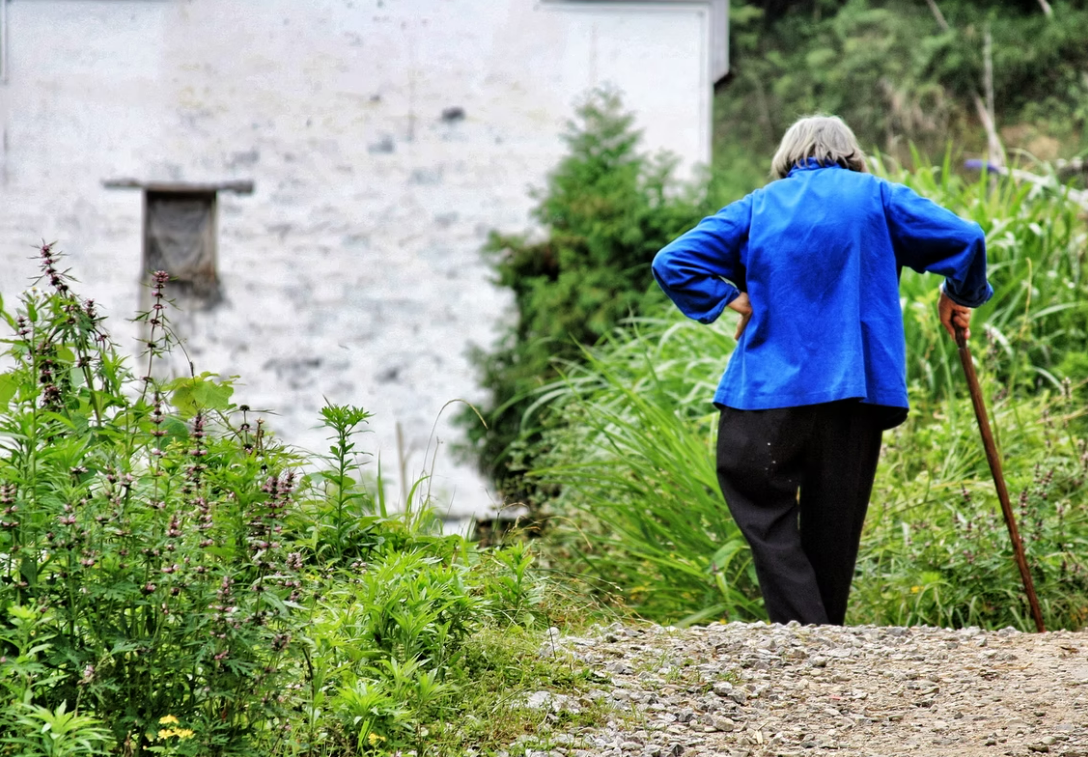As one of the most common types of arthritis, osteoarthritis impacts more than 32.5 million adults in America alone. The good news is that you don’t have to suffer without relief. Here are just a few tips, tricks, and techniques for minimizing your symptoms and managing your overall condition.


Osteoarthritis is known as the “wear and tear” arthritis since it affects the joints in oft-used parts of the body such as the wrists, hips, and knees. Physical therapy can help to keep these joints loose and limber. Exercises are usually focused on things like flexibility, mobility, dexterity, and maintaining a useful range of movement. They might also include re-building strength if you haven’t been using certain parts of your body because of the pain.
Supportive devices come in the form of braces, canes, walkers, shoe inserts, and other kinds of orthotics. They can take strain off your joints by immobilizing the damaged area and re-distributing weight and pressure elsewhere. They can also help you get back on your feet if you’ve been immobile. Just make sure to get your doctor’s approval before using any supportive devices long-term.
Exercise can be a way of managing osteoarthritis at home. The best types of exercise for arthritic patients are low-impact ones such as walking, cycling, and swimming. They won’t put pressure on the joints, and they don’t require a lot of strength or stamina to start. People of all ages can get into the water or take a stroll or ride around the block to see if it decreases their stiffness or improves their blood flow.
Surgery can be an option for osteoarthritis patients with very advanced degeneration in their joints. Surgery usually takes the form of joint replacement. For example, if your knees are most affected by your osteoarthritis, they may recommend knee replacement. Every patient is different, and the best type of surgery for you will depend on factors like age, weight, occupation, and activity level.
Doctors can prescribe a variety of medications to help you manage your osteoarthritis. The most typical are NSAIDs (nonsteroidal anti-inflammatory medications) aimed at soothing pain and reducing swelling and stiffness in the joints. Your doctor might also advise you to make use of topical medications such as creams, gels, sprays, and heat patches.
Osteoarthritis can be a debilitating condition, but with these treatments and therapies, you might be able to relieve some of your pain and get back on your feet. Don’t be discouraged if one method doesn’t work for you. Keep experimenting and working with your doctor until you find a treatment that helps you.
You must be logged in to post a comment.